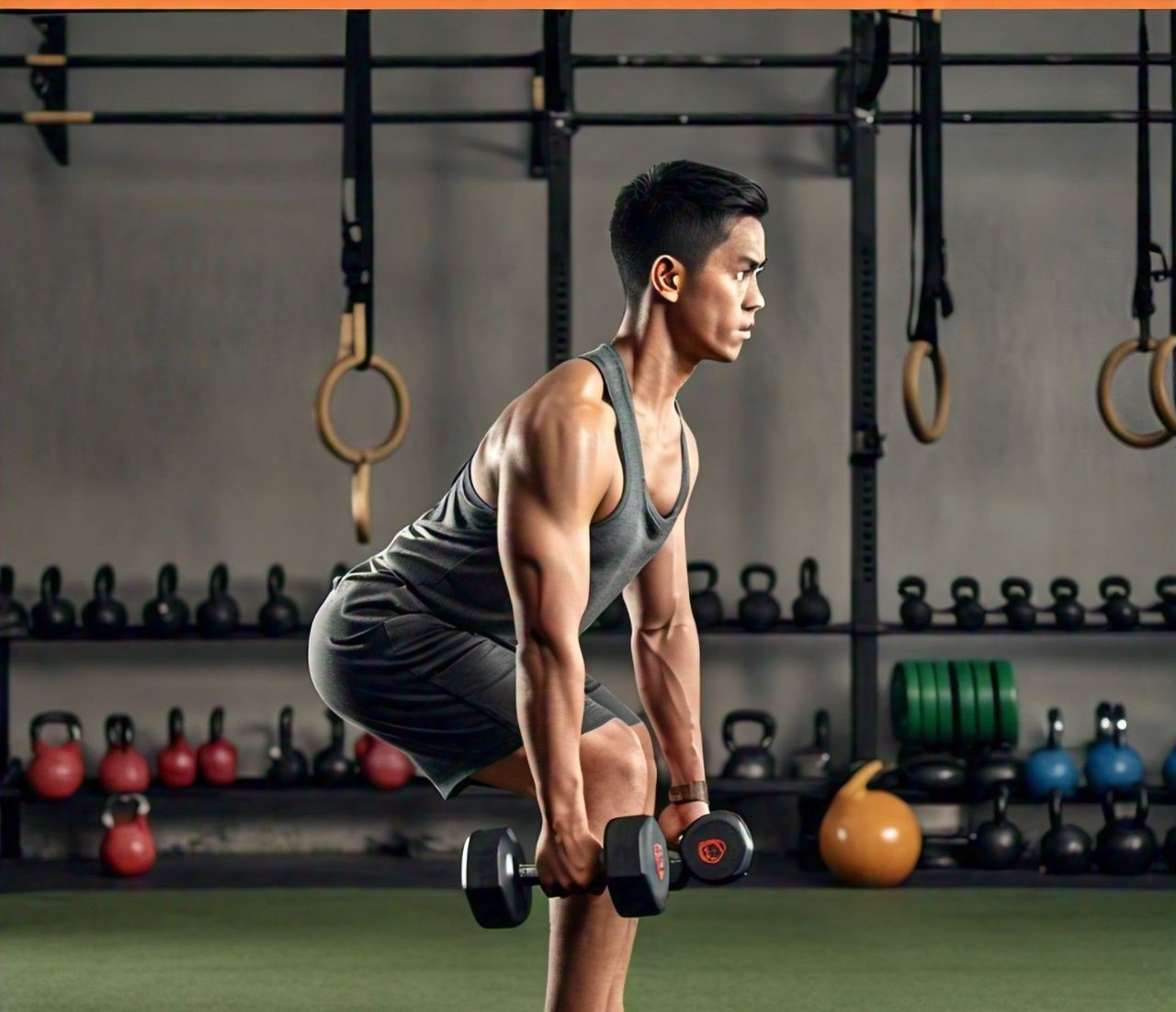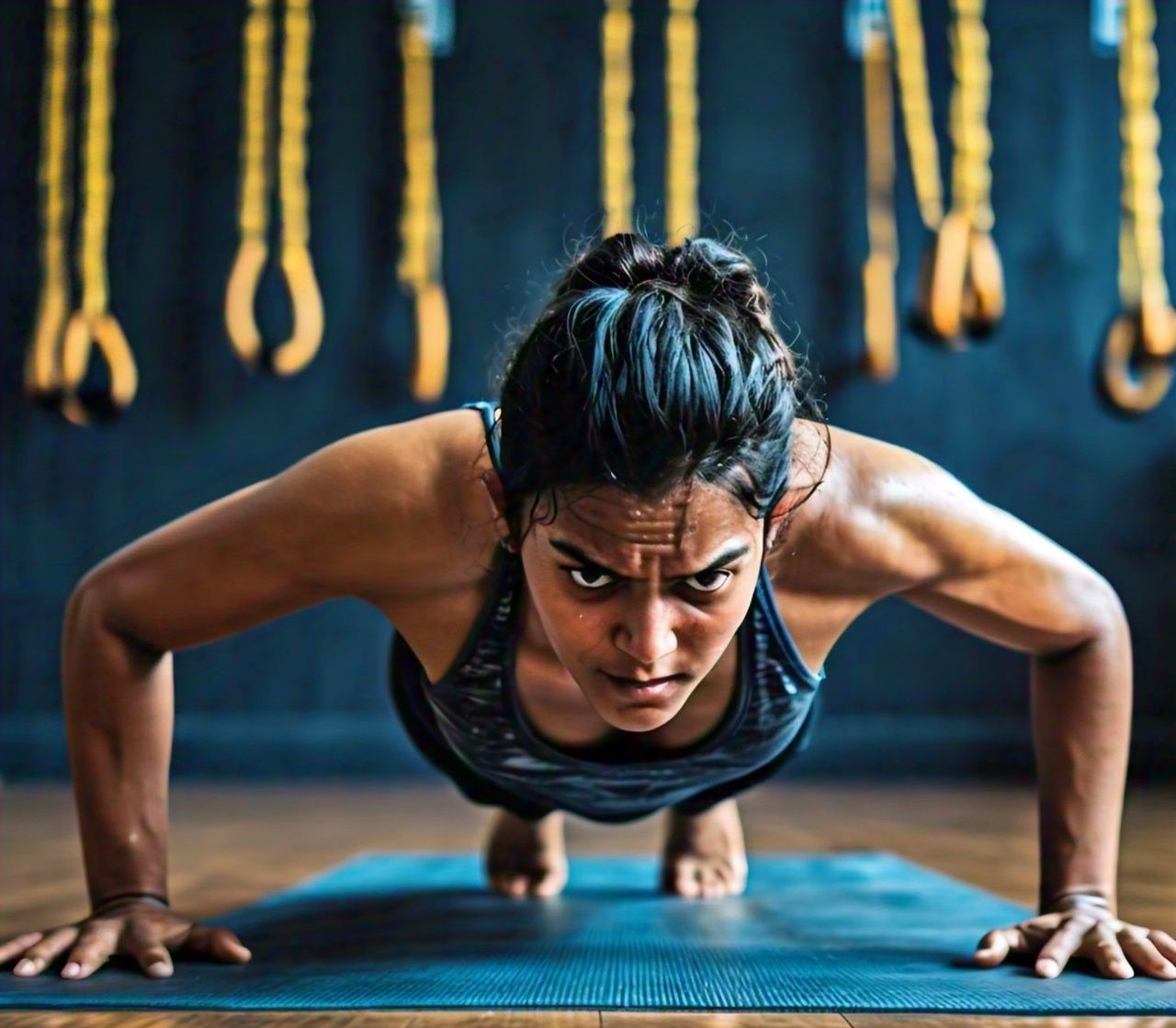Back Exercises for Beginner and Advanced
Incorporating effective back exercises into your fitness routine is crucial for building strength, improving posture, and reducing the risk of injury. Whether you are a beginner or an advanced fitness enthusiast, understanding the importance of these exercises and how to perform them correctly can transform your workout regimen. In this article, we’ll explore five new back exercises that cater to both beginners and advanced practitioners, providing detailed insights into their benefits, techniques, and variations.
Introduction
A strong and well-developed back is essential for overall physical fitness. Back exercises target the major muscle groups, including the lats, traps, and rhomboids, which are vital for supporting the spine, improving posture, and enhancing athletic performance. This guide will introduce you to five new back exercises designed for various skill levels, ensuring that you can find the right challenge for your fitness journey.
Exercise 1: Resistance Band Pull-Apart
What It Targets
Resistance Band Pull-Aparts are excellent for activating and strengthening the upper back muscles, particularly the rhomboids, rear deltoids, and traps. This exercise is ideal for beginners as it helps improve posture and correct muscle imbalances.
How to Perform
- Setup: Grab a resistance band with both hands, keeping your arms straight and at shoulder height.
- Execution: Slowly pull the band apart by squeezing your shoulder blades together. Hold for a moment before returning to the starting position.
- Repetitions: Aim for 3 sets of 15-20 repetitions.
Benefits
- Improves Posture: Helps counteract the effects of prolonged sitting and poor posture.
- Strengthens the Upper Back: Focuses on the often-neglected upper back muscles.
- Accessible for All Levels: Can be adjusted for difficulty by using different resistance levels.
Advanced Variation
For advanced practitioners, using a thicker resistance band or performing the exercise with a pause at the peak contraction can increase difficulty.
Exercise 2: Single-Arm Dumbbell Row
What It Targets
The Single-Arm Dumbbell Row is a staple in back workouts, targeting the lats, traps, and rhomboids. It also engages the core and improves unilateral strength, which is crucial for balanced development.
How to Perform
- Setup: Place one knee and the same-side hand on a bench, holding a dumbbell in the opposite hand.
- Execution: Pull the dumbbell towards your hip, keeping your back straight and core engaged. Lower it slowly and repeat.
- Repetitions: Perform 3 sets of 12-15 repetitions per side.
Benefits
- Unilateral Strength: Helps in addressing muscle imbalances.
- Core Engagement: Strengthens the core as you stabilize your body.
- Versatility: Suitable for both beginners and advanced users by adjusting the dumbbell weight.
Advanced Variation
Increase the intensity by performing the exercise with a heavier dumbbell or adding a pause at the top of the movement.
Exercise 3: Inverted Rows
What It Targets
Inverted Rows are a bodyweight exercise that targets the entire back, including the lats, traps, and rhomboids. It’s an excellent choice for those who want to build back strength without using heavy weights.
How to Perform
- Setup: Position yourself under a bar (such as a Smith machine or TRX straps) and grab it with both hands, palms facing down.
- Execution: Pull your chest towards the bar, keeping your body in a straight line. Lower yourself back down and repeat.
- Repetitions: Aim for 3 sets of 10-12 repetitions.
Benefits
- Builds Upper Body Strength: Engages the entire upper body, particularly the back and biceps.
- Improves Grip Strength: Holding onto the bar enhances grip strength.
- Scalable: Can be made easier or harder by adjusting the height of the bar.
Advanced Variation
Perform the exercise with your feet elevated on a bench to increase the difficulty, or try using a weighted vest for added resistance.
Exercise 4: Renegade Rows
What It Targets
Renegade Rows are a compound exercise that not only targets the back muscles but also engages the core, shoulders, and arms. It’s a great addition to any advanced workout routine.
How to Perform
- Setup: Start in a plank position, with a dumbbell in each hand, directly beneath your shoulders.
- Execution: Row one dumbbell towards your hip while stabilizing your body with the opposite arm. Lower it and repeat on the other side.
- Repetitions: Perform 3 sets of 8-10 repetitions per side.
Benefits
- Full-Body Engagement: Strengthens the back while challenging the core and shoulders.
- Enhances Stability: Improves balance and stability as you maintain the plank position.
- Time-Efficient: Combines strength and cardio in one move, making it great for calorie burning.
Advanced Variation
To increase the challenge, use heavier dumbbells or add a push-up between rows to engage even more muscle groups.
Exercise 5: Deadlifts with Variation
What It Targets
Deadlifts are one of the most effective exercises for building overall strength, targeting the entire posterior chain, including the back, glutes, and hamstrings. This variation focuses on different grips and stances to engage various parts of the back.
How to Perform
- Setup: Stand with feet hip-width apart, holding a barbell with an overhand grip.
- Execution: Hinge at the hips, lowering the barbell while keeping your back straight. Lift the bar back to the starting position.
- Repetitions: Perform 3 sets of 6-8 repetitions.
Benefits
- Builds Massive Strength: Engages multiple muscle groups, making it a compound movement.
- Improves Posture: Strengthens the muscles that support proper posture.
- Versatility: Can be adjusted for beginners or advanced athletes by changing the weight or grip.
Advanced Variation
Try the Romanian Deadlift to place more emphasis on the hamstrings or the Snatch-Grip Deadlift to target the upper back more intensely.
Conclusion
Incorporating these 5 new back exercises into your routine can help improve strength and flexibility for both beginners and advanced fitness enthusiasts. Remember to focus on proper form to maximize your results and minimize the risk of injury.
For more information on fitness and health, check out these resources:
Explore more articles on our site:
- How to Increase Running Stamina for Beginners at Home
- What Happens if You Don’t Get Enough Sleep Consistently: Effects and Solutions
- The Ultimate Guide to Healthy Living in 2024
- The Future of Artificial Intelligence: What to Expect
- Unlocking the Potential of Chat GPT Software: Revolutionizing AI Conversations
- Best Sleeping Position for Peripheral Artery Disease [New 2024]
- How to Increase Running Stamina for Beginners at Home
- 5 New Inner Thigh Exercises for Men and Women





Your expertise really shines through in this post.